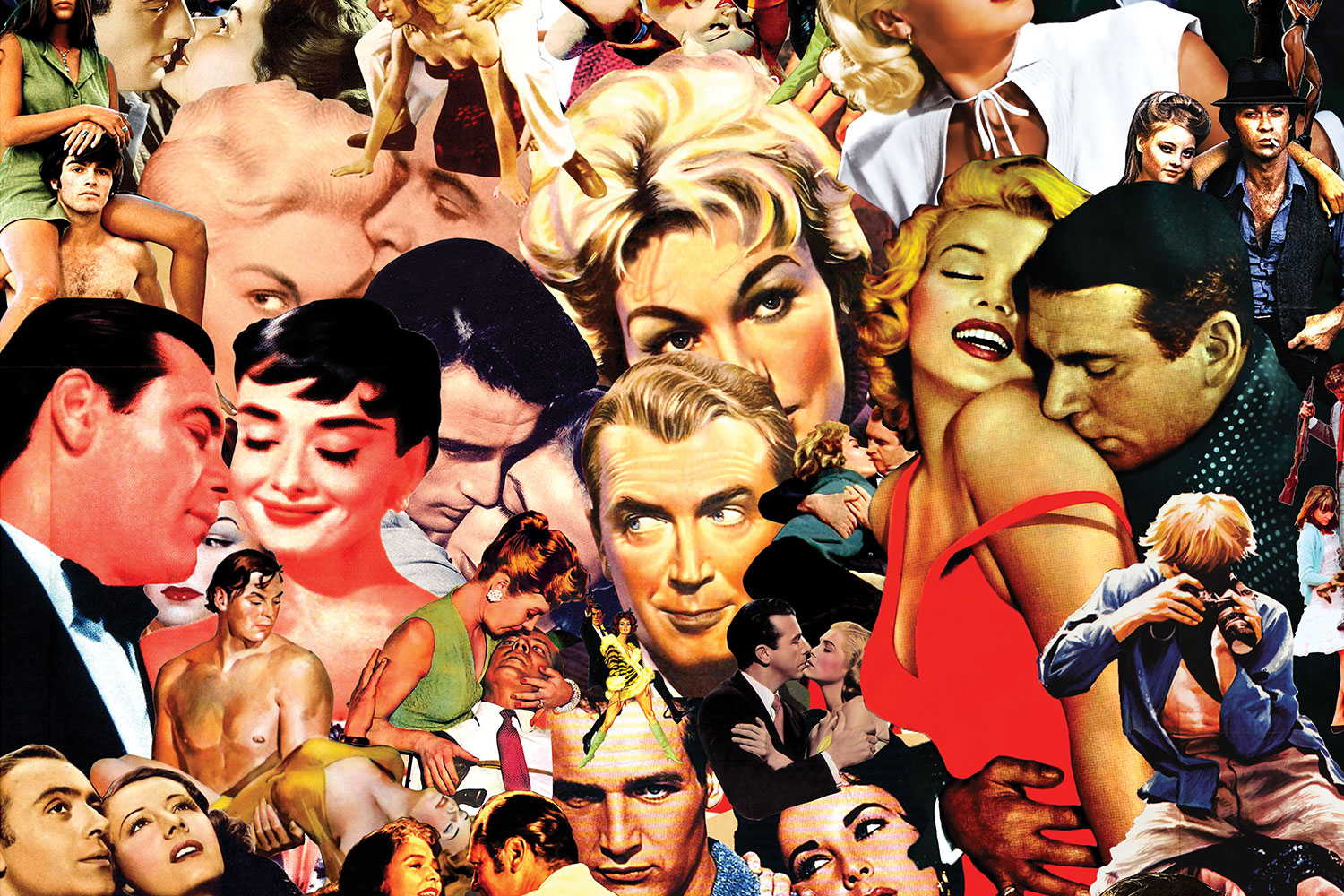Final Cut: Ladies and Gentlemen
György Pálfi made the mash-up to end all mash-ups, the supercut that puts every other effort to shame. His 85 minute montage is billed as the ultimate love story, and it is hard to argue with that. Final Cut: Ladies and Gentlemen was cobbled together using shots from roughly 500 classic films. The result is a triumphant piece of recycled art: a perfectly coherent tale of boy meets girl, boy loses girl, boy regains girl.
Final Cut is first and foremost a feature film, and is meant to be as entertaining as the movies it sourced its images from. But at the same time, this metafilm also functions as a feature length essay. It lays bare the many recurring narrative tropes and the syntactic rules that govern commercial filmmaking.
The mere fact that Pálfi is able to piece together a comprehensible narrative from so many differing pieces of film, is testament to the universality of its storyline. A story that has been told countless times, often in roughly the same narrative form.
In addition, it proves the power of the continuity editing style. The filmmakers seamlessly edit together shots from wildly differing movies and eras. By respecting some basic editing rules (specifically the match on action, and where possible also the dramatic axis), the resulting mishmash feels and looks remarkably fluent.
In other regards, this narrative supercut violates filmmaking rules that appeared set in stone. But it gets away with it. Exactly how it accomplishes that is explained in Miklos Kiss‘ thorough, stimulating and insightful essay Creativity Beyond Originality: György Pálfi’s Final Cut as Narrative Supercut, published in Senses of Cinema. Fittingly, Kiss also made a ‘videographic adaptation’ of his own text, which you can watch on Vimeo. Judge for yourself what format works best.


